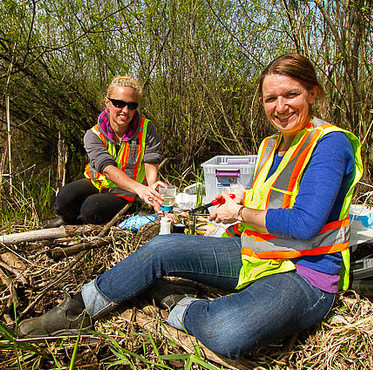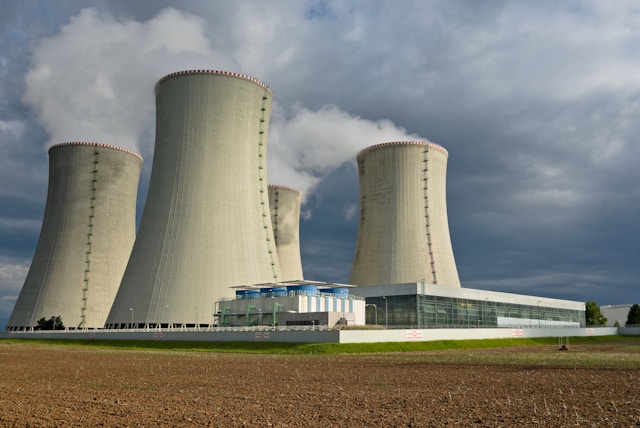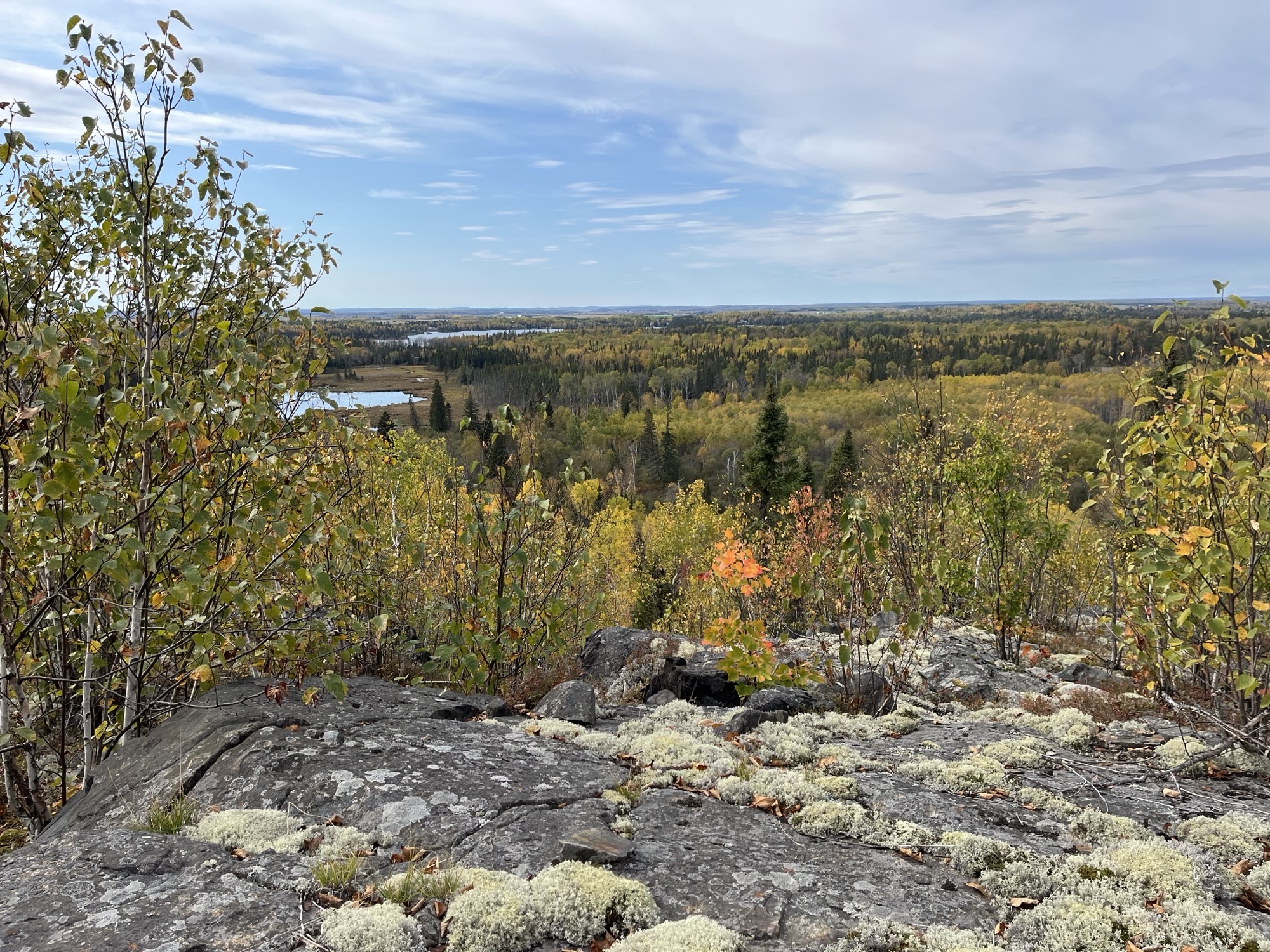New mine reclamation technique uses eDNA to detect elusive animals

Biologist Elizabeth Vincer on the left with environmental specialist Lori Leach on the right working together in the field. — Jared Hobbs photo Hemme
Biologist Elizabeth Vincer on the left with environmental specialist Lori Leach on the right working together in the field. — Jared Hobbs photo
Hemmera Envirochem Inc. of Burnaby, B.C., is pioneering a new technique that is being used in mine reclamation and other environmental cleanups.
The innovation is called environmental DNA or eDNA for short. It is used in freshwater environments to monitor animal species.
“Hemmera is an early adopter of eDNA,” said the company's director of development Scott Weston. “We've been using the technique for about two years. It's a powerful tool for reducing the cost of looking for aquatic wildlife in areas that are being reclaimed.”
The technique is based on the fact that all animals that live in water leave behind DNA in their feces, urine or skin cells. Traditional methods of monitoring aquatic species aren't as effective for observing or capturing complex and rare varieties.
By taking water samples and analyzing them for eDNA, however, it is possible to show the presence of a species in a body of water without needing to catch the little critter or to even see it. eDNA also means it takes less time and effort, and therefore less money, to confirm the presence of a species or to generate a list of species.
In addition, eDNA acts as an early warning system for invasive species, because the chances of detecting an outsider are better than by using traditional methods.
“In the 2014 field season, Hemmera successfully implemented seven eDNA species inventories on six species in southern B.C.,” said Weston.
The inventories are the first application of eDNA in British Columbia in a formal environmental assessment process. The results will be used to help conservation and management standards.
eDNA is one of a number of new techniques that are being used to rehabilitate mines. Another is called progressive reclamation, which has been elevated recently to an industry best practice.
“Reclamation can take place while a mine is still in operation,” Weston said. “It's reclamation in real-time.”
In the past, reclamation had to wait until a mine had stopped operating.
“It's an improvement over the old way because mines often start and stop and change owners over their lifetimes, and the last owner can get stuck with a big clean-up bill at the end,” he said.
Another mine reclamation technique that has been in use for the past few years is called design for closure.
“As new projects are permitted, regulations require a closure plan to be in place,” Weston said. “It removes liability before it happens.”
One of the targets of design for closure is open-pit mines that are no longer in use. If they are allowed to fill up with water, the result could be harmful acidic water draining from the mines into the wider environment.
“In a design for closure operating model, they are often filled up with waste rock from nearby open-pit mines that are still in operation,” Weston said. “And waste rock is often mixed with cement to fill in the voids in underground mines. This prevents water from seeping into the voids, which could lead to acid rock drainage.”
Modern mine reclamation is also incorporating innovative landscaping techniques.
“After a mine has finished operating, landscape features that are curved and that mimic natural surface features are created on the surface,” Weston said. “The features have no straight slopes or hard angles. It makes it easier to create end-use ecosystem habitats.”
Tailings ponds, which are engineered dam and dyke systems that are used to hold mine waste, can also be re-engineered.
“The likelihood of a tailings-pond failure can be mitigated by a more robust design,” said Harvey McLeod, vice president of engineering consultants Klohn Crippen Berger.“You can also construct more than one spillway for the water to get out, which keeps the water level in the pond at a lower level.”
Mine reclamation in British Columbia
B.C. has world-class reclamation standards which many companies use in their international operations, said Rob Stevens, associate dean of natural resources and engineering in the BC Institute of Technology's School of Construction and the Environment.
“Mine reclamation has been a legislative requirement in B.C. since 1969,” he said. “Companies need to post reclamation bonds, so that if they go out of business, there's money available for reclamation.”
Stevens said mine reclamation cannot be separated from the operation of a mine. “Today you need a good, solidly engineered plan with low environmental impact,” he said.
Also, there has been an evolution in mining reclamation techniques over time.
“We're getting better at how we do reclamation,” Stevens said. “Today most mine sites are returned to their natural state. In B.C. that means grasslands and forests. Sometimes open-pit mines become lakes and ponds.”
B.C. has world-class reclamation standards which many companies use in their international operations, said Rob Stevens, associate dean of natural resources and engineering in the BC Institute of Technology's School of Construction and the Environment.
“Mine reclamation has been a legislative requirement in B.C. since 1969,” he said. “Companies need to post reclamation bonds, so that if they go out of business, there's money available for reclamation.”
Stevens said mine reclamation cannot be separated from the operation of a mine. “Today you need a good, solidly engineered plan with low environmental impact,” he said.
Also, there has been an evolution in mining reclamation techniques over time.
“We're getting better at how we do reclamation,” Stevens said. “Today most mine sites are returned to their natural state. In B.C. that means grasslands and forests. Sometimes open-pit mines become lakes and ponds.”



